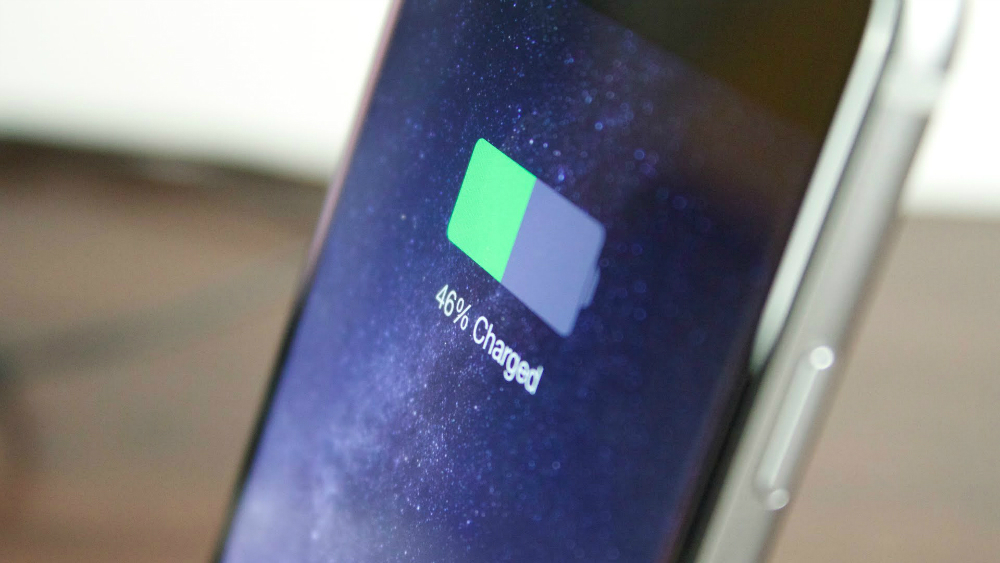While some scientists from MIT are busy reinventing intersections and looking at ways to completely remove traffic lights, others are studying ways to create better batteries for future devices. One of the theories currently being tested with plenty of success is using regular sugar to power a battery that would be as efficient as current “old school” batteries. However, don’t expect to recharge your iPhone with sugar anytime soon.
DON’T MISS: 5 free apps for iPhone and Android that will actually change your life
MIT used table sugar to heat carbon nanotubes and produce energy. The result was a battery that produces almost the same output as the batteries found in modern electronics, such as smartphone and tablets. The scientists published their research in the Energy & Environmental Science journal.
The Thermopower Wave (TPW) battery runs on sugar which is used as a fuel to heat the nanotube banks. The heat pushes electrons down the tubes, and it’s then transformed into electric current, FastCoExist says.
Instead of sugar, other heat sources could be used as long as they’re as efficient or more efficient than sugar. Currently, efficiency for this unusual sugar battery is at 1%, which isn’t far from what other batteries can deliver, and it’s far better than what was possible when the phenomenon was first discovered.
The TPW has been used only to power LED lights for the time being, but that could change in the future. This battery technology might become more useful than regular batteries when it comes to powering ships used in space missions. The battery can store fuel indefinitely when it’s not being burned without losing power gradually, which is what happens with current batteries. Instead, sugar would be consumed only when is needed, like for a space probe returning to a live state when it approaches a certain destination.
Also, because the tech can be scaled down to sizes that aren’t available with other batteries, sugar batteries could be used to power wearable devices in the future, and other devices that continue to shrink down in size. Finally, these TPW batteries can also deliver huge bursts of power when appropriate.
The problem with this technique is that you’re going to have to have access to sugar at all times to replace the fuel once it’s depleted.








